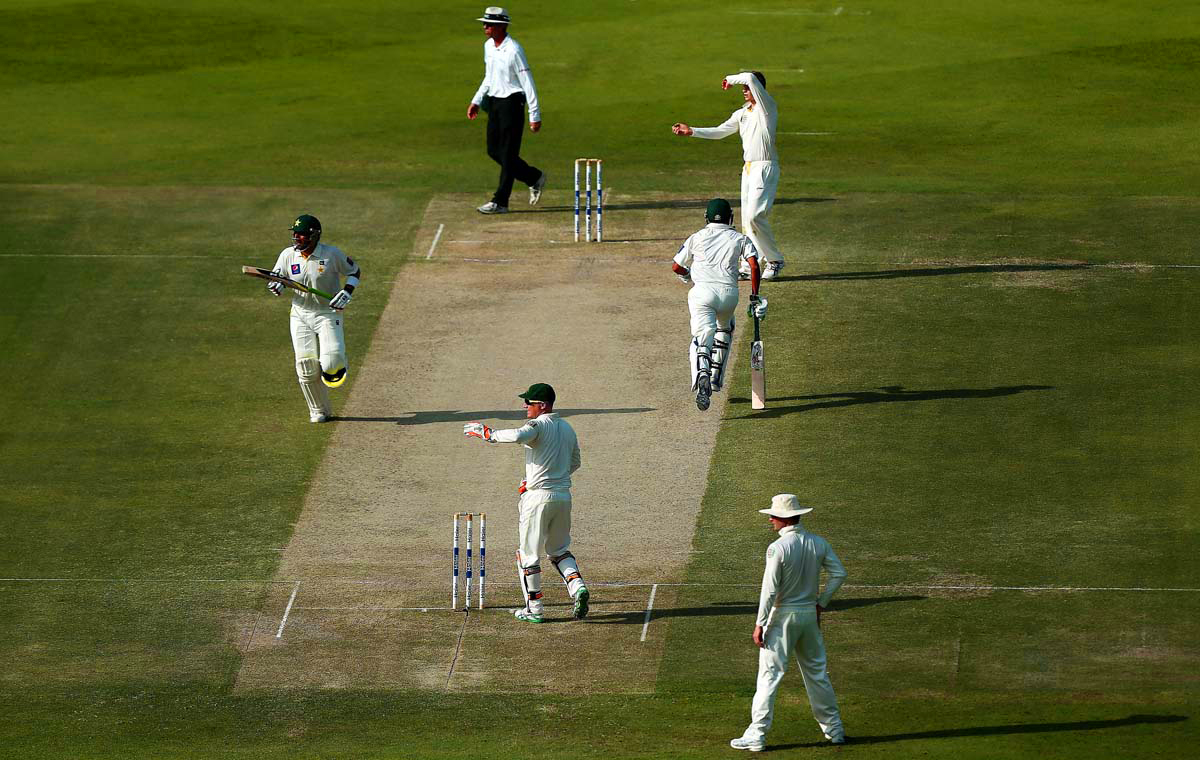ESTD : 1946
Regd. Under Societies Act. XXVI of 1961 Regd. No. : S/5614

The concept of running between the wickets is the part of the cricket. It has never been more important since its beginning. However, at the start and for a long time thereafter, it was measured to be a regular way of achieving runs since it was assumed that good batsmen would divide the fielders and find the fence easily. In the limited over cricket, both for ODI’s and T20’s, every ball is valuable and counted. Good running is a necessary talent that minimizes the weight of hitting the boundaries.
The good running has become a must have talent. It rotates the strike, reduces the pressure of hitting boundaries and does not let the bowler settle into a line and length.
Backing Up
The non-striker running between the wickets must start moving when the bowler sets his back foot in the bowling pace. The bat has to be held in the hand nearer to the bowler and your body must be facing the bowler so that you are alert of his movements. However, it is important to back up only to the point you can return easily if required, unless it is a desperately determined situation.
The setting off the running
Run the best while taking the first run. Your initial few steps of your performance set the speed for the whole run.